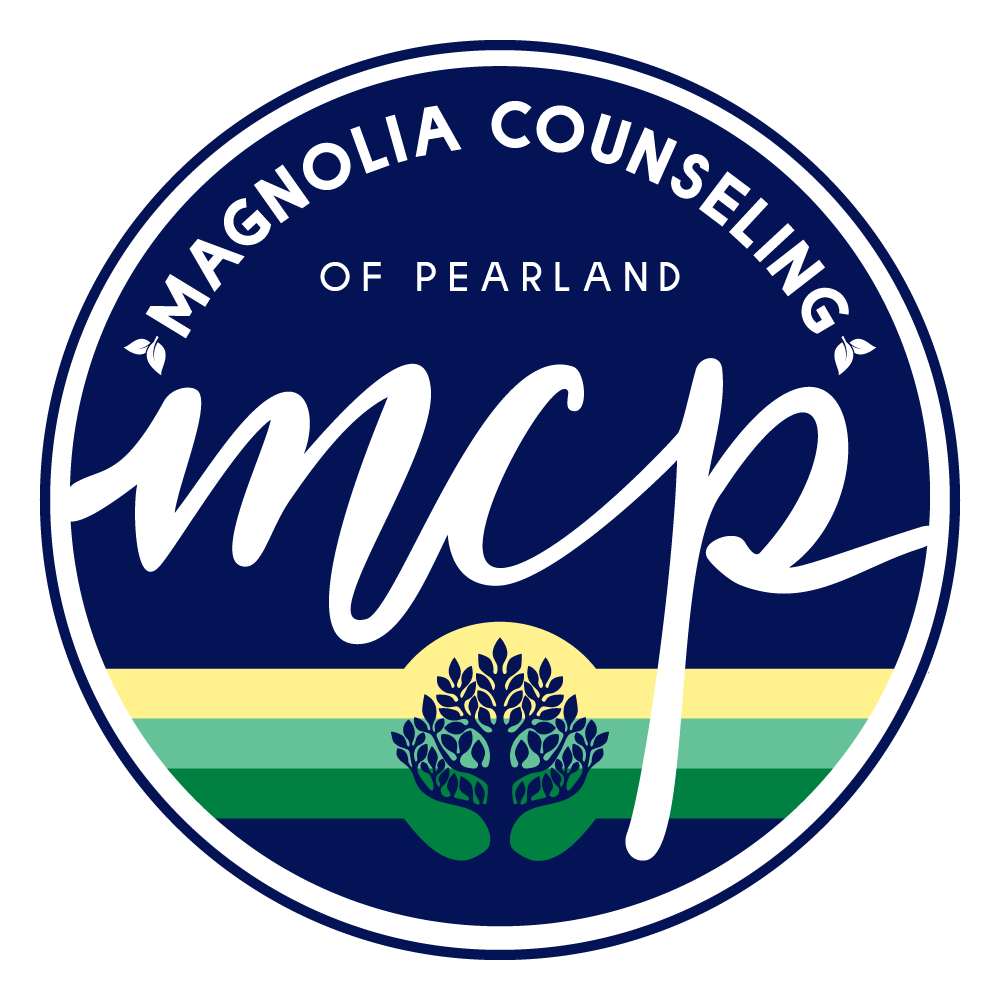
I'm often asked WHY cutters cut. For those that do not cut, they have difficulties seeing how something that appears to be so painful can cause a relief? It’s beyond their mind’s capacity to understand why someone would do this to themselves. The hardest part about trying to answer what appears to be a simple question is that there is not a simple answer. I’d like to take a moment to share with you what I have experienced as a clinician, what I have read from books, collected from research, and have heard from the mouths of my clients. Secondly, I’d like to share some basic tools or coping skills to gather and use as a lay person, a parent, a friend or a therapist. My greatest goal is that you build an ability to be open-minded to help those that are hurting.
Cutting is a form of communication. At the basics of cutting, self-harmers live in a world where they are either afraid to speak their true emotions, will be criticized if they do, or lack the ability to articulate their emotions. Our job as clinicians is to help bridge the gap. We must help our clients find a healthier coping skill, build verbal communication, and help mend emotional turmoil. First, we must assess the cutters. Most cutters cut to avoid suicide. This is a very important concept we must teach the parents’ of cutters. However, there is a small number that actually have suicidal ideation while cutting, and an even smaller number (4%) that have actually died from self-harm. If this is the case, it is important that we refer our clients to the nearest hospital and make sure that their families are aware that they must be under greater supervision than one-hour a week therapy sessions. Second, we start to help our clients to build a vocabulary list of emotions felt before, during and after conflict-cutting. Last, we help them go over coping skills that can be traded for cutting. We need to help our clients heal the internal and external pain. We must be compassionate for each client will have a different reason for cutting. ‘I want to feel alive’, ‘ I want to stop the bad feelings’, I want to feel numb’, ‘It makes me feel numb’, ‘It’s my way to avoid people, punishment, consequences’, ‘It’s my way of control’, ‘I’m bored’, ‘It’s my way to punish myself’, and/or ‘I want to be paid attention to’. If we can understand their pain, we can help our clients communicate that to those around them.
For parents, some basic tools include opening lines of communication, listening to your child, not judging, not giving ultimatums/threats/punishment, help aid their cuts and provide medical assistance if needed, and help them find professional help to process their pain/emotions. Most importantly, for a parent to remind their child that they deserve to be happy and that you are trying to be there for them, not against them, could be most beneficial.
For the therapist/clinician, starting off with an impulse-control log, can help your client start to document how often, where, when, with what tool, and emotions attached to the behavior. You can also help start to identify some healthy coping skills including writing, drawing, music, physical activity, art, meditation, etc. One of the greatest tasks as a clinician is to help the client vocalize their emotions to their parent and to get a response that will not only verbally and emotionally be a safe response, but physically. Most of our clients lack a relationship of verbal comfort or even physical comfort (hugs). It can be a long process for clients that are fearful to open up. We must instill safeness again and remind our clients that their current level of coping is not healthy for themselves or their families.
Cutting is a topic that some clinicians stay far away from and that parents are highly fearful of. I want to remind both clinicians and parents that suicide is not the ultimate goal for cutters. I want to demystify the behavior and build a sense of clarity and compassion for those who are fighting the battle and those that watch the fighting battle. For ‘self injury is a sign of distress not madness’. – Corey Anderson
Mental Health of America of Texas
Texas Department of State Health Services
Suicide Prevention Lifeline
1-800-273-TALK (8255)
Mental Health of America
Cornell Research Program on Self-Injurious Behavior in Adolescents and Young Adults
S.A.F.E. Alternatives (Self-Abuse Finally Ends)
Self-Harm: Recovery, Advice and Support
Self-Injurious Behavior Webcast
KidsHealth
Christianity Today
American Academy of Child and Adolescent Psychiatry
Book
Strong, Marilee (1998). A Bright Red Scream. New York, New York: Viking Press.
Conterio, K. and W. Lader, Ph.D. (1998). Bodily Harm. The breakthrough Healing Program for Self-Injurers. New York, New York: Hyperion Magazine
The Prevention Researcher. Parental Guidelines for Preventing and Constructively Managing Inevitable Self-Injuring Slips, 19, February 2010

Comments